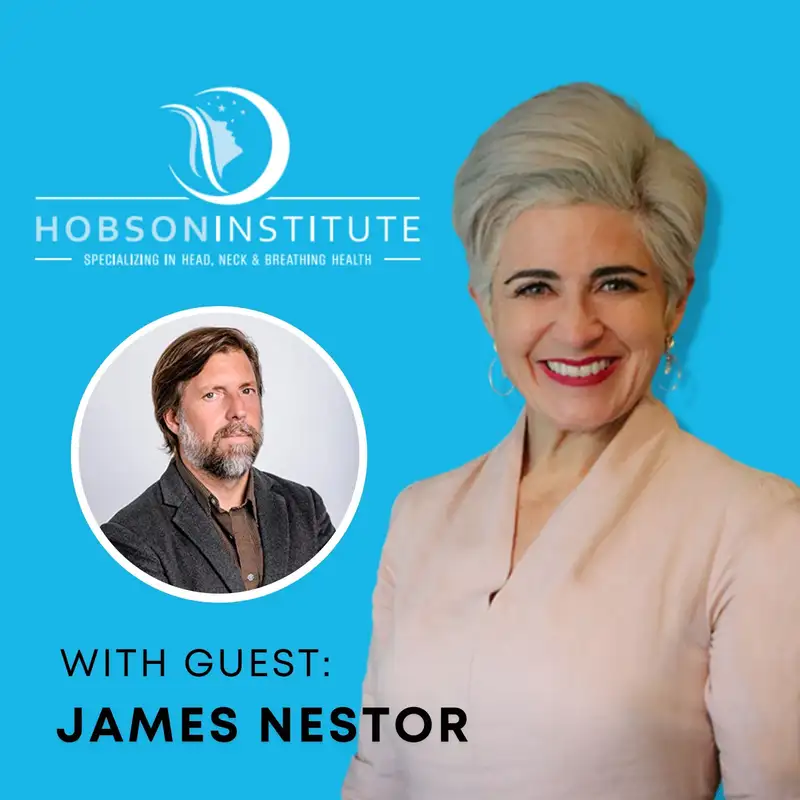Imagine a world where a simple, natural act like breathing could unlock a reservoir of untapped potential within you. A world where harnessing your breath could not only alleviate stress and improve sleep but also boost your immune system, enhance your focus, and even accelerate your healing process. This is the reality that the emerging field of breathwork is revealing, transforming our understanding of the profound impact of breathing on our physical and mental wellbeing.

Image: www.breathingchannel.com
For centuries, cultures across the globe have recognized the power of breath. From ancient yogic practices to Tibetan Buddhist meditation techniques, breath has been utilized as a powerful tool for cultivating inner peace, accessing deeper states of consciousness, and promoting healing. Today, science is catching up, confirming these ancient wisdoms with groundbreaking research that sheds light on the interconnectedness between our breath and our overall health.
Delving into the Science of Breathing: A Journey of Discovery
The breath, a seemingly effortless act, is the very essence of life. It sustains our bodies, fuels our minds, and connects us to the world around us. It is the invisible bridge between our physical and mental states, influencing everything from our mood and energy levels to our cognitive function and immune response.
At the core of this interconnectedness lies the autonomic nervous system, our body’s internal control center responsible for regulating involuntary functions like breathing, heart rate, and digestion. This intricate system operates on two opposing branches: the sympathetic nervous system, responsible for the “fight-or-flight” response, and the parasympathetic nervous system, associated with rest, digest, and relaxation.
Our breath acts as a powerful conductor, influencing the balance between these two branches. When we breathe shallowly and quickly, we activate the sympathetic nervous system, increasing our heart rate, constricting blood vessels, and pumping adrenaline into our bloodstream. This is our body’s natural response to stress, danger, or excitement.
Conversely, when we breathe deeply and slowly, we engage the parasympathetic nervous system, promoting calmness, lowering heart rate, and reducing stress hormones. This brings our body into a state of relaxation and repair, allowing us to heal, recharge, and perform at our best.
The Transformative Power of Breathwork
Recognizing this profound influence of breath on our physiology and psychology, a new wave of breathwork practices is emerging, offering transformative tools for improving our overall well-being. These practices, drawing inspiration from ancient traditions and modern scientific understanding, range from simple breathing exercises to immersive, guided sessions.
One such practice, Wim Hof Method, involves a combination of specific breathing techniques, cold therapy, and mindfulness practices to enhance the body’s natural resilience and control over its physiological responses. This method has been shown to improve immune function, reduce inflammation, and increase tolerance to stress.
Another popular breathwork practice, Holotropic Breathwork, uses rapid, deep breathing to access non-ordinary states of consciousness, providing a safe and facilitated space for individuals to explore their emotional landscape, release trauma, and gain new insights.
Practical Tips for Reconnecting with Your Breath
Bringing conscious awareness to your breath can be a simple yet powerful tool for enhancing your overall well-being. Here are a few practical tips to incorporate into your daily routine:
- Start with mindful breathing: Take a few moments throughout your day to simply focus on your breath, noticing the rise and fall of your chest and abdomen. This simple practice can help ground you in the present moment, calm your mind, and reduce stress.
- Practice diaphragmatic breathing: This deep, belly breathing technique engages your diaphragm, the primary muscle involved in respiration. Inhale deeply through your nose, expanding your abdomen like a balloon, and exhale slowly through your mouth.
- Try box breathing: Inhale for a count of four, hold your breath for a count of four, exhale for a count of four, and hold your breath for a count of four. This simple and effective technique can promote relaxation and focus.
- Experiment with breathwork practices: Explore different breathwork techniques, such as Wim Hof Method or Holotropic Breathwork, to find what resonates with you and supports your personal goals.

Image: www.kenilworthbooks.co.uk
Breath: The New Science Of A Lost Art Pdf
Beyond Breathing: A New Paradigm of Health
The emerging science of breathwork reveals a powerful truth: our breath is not merely a biological function but a gateway to unlocking our full potential. By consciously harnessing the power of our breath, we can navigate the ebbs and flows of life with greater resilience, clarity, and vitality.
This is not just a new trend; it is a shift in our understanding of health and well-being. It is a call to reconnect with the wisdom of our bodies and harness the transformative power of breath to create a life filled with purpose and peace.
So, take a moment to breathe. Feel the air filling your lungs, expanding your chest, and grounding you in the present moment. This is the beginning of a journey of discovery, where the power of your breath can guide you towards a life of greater health, resilience, and fulfillment.






